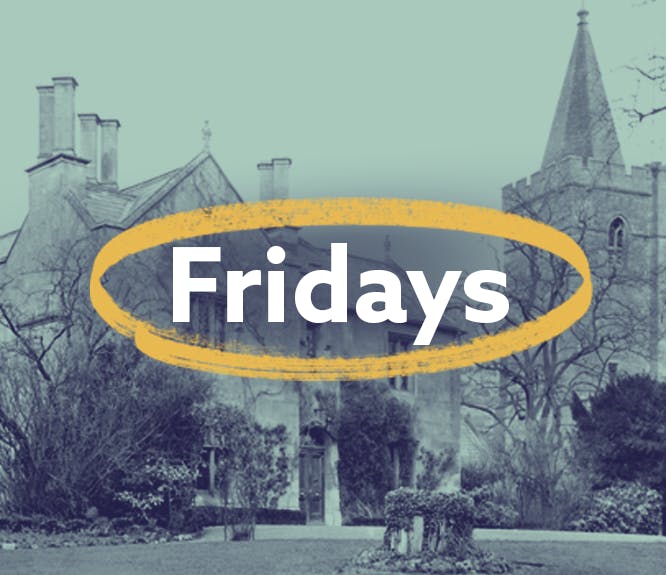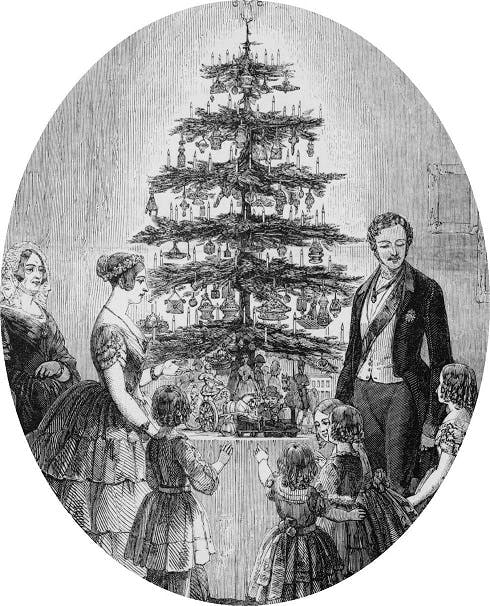The history of the Christmas tree: how Queen Victoria introduced America to the Christmas tree
3-4 minute read
By Daisy Goddard | December 11, 2023
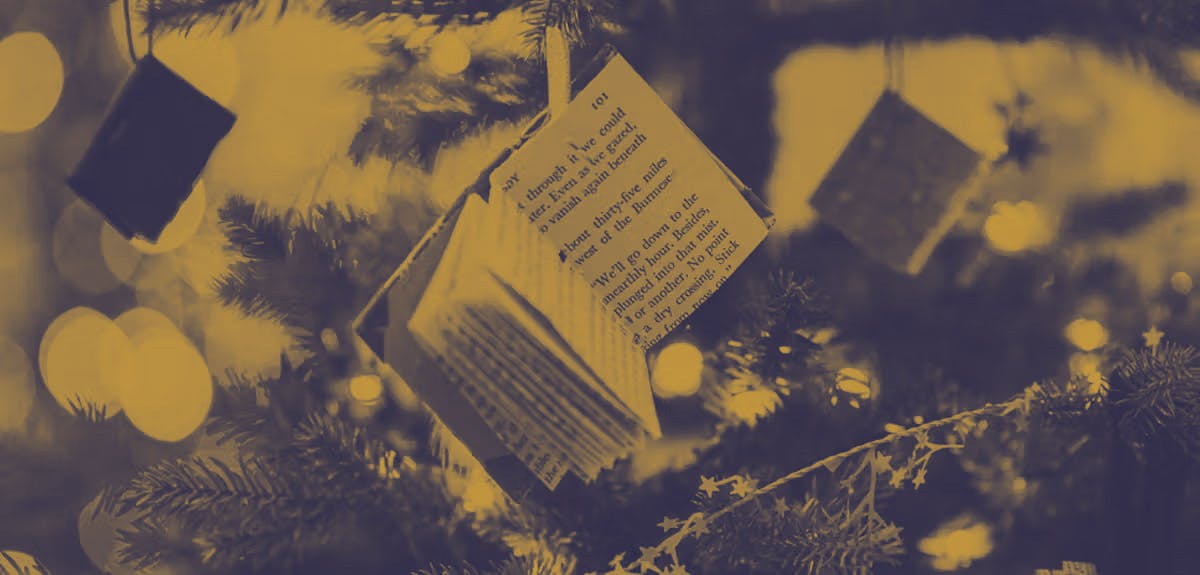
A Christmas tree would have been an odd sight for your ancestors to see any time before the mid-19th century.
In 1850, when Americans saw the British Royal Family and their Christmas tree in a popular women's magazine, the rest was history. Christmas trees have been all the rage ever since.
The origins of the Christmas tree
Christmas tree tradition finds its roots in Germany, and with a few exceptions, German-Americans (and only those from a particular region) were the only ones in the U.S. who kept Christmas trees many years ago.
That is until this image of Queen Victoria, Prince Albert, and the Royal Family became the first widely circulated image of a Christmas tree in 1850. It is widely credited as the image that popularized the Christmas tree in the United States:

The British Royal Family and their Christmas tree in 1850.
This woodcut image reached hundreds of thousands of Americans in the mid-19th century but where did it come from?
Godey's Lady's Book and the Christmas tree
The historic image comes from Godey's Lady's Book, the most popular monthly journal in America in the 19th century. As of 1860, there were 150,000 subscriptions to Godey's, and the publication was especially influential among American women.
Reaching a wide audience, editor Sarah Josepha Hale became one of the most influential American women of her time. What she published had a lasting impact on many tried-and-true American traditions. For instance, she also conducted a successful campaign to establish Thanksgiving as a national holiday.
Originally the image of the Royal Family and their Christmas tree was published in 1848 in the Illustrated London News, with a few key differences. Can you spot them?
The version published in Godey's was given some old-style Photoshop treatment. They removed Victoria's tiara and Albert's mustache so that the scene would resonate more with American audiences. Despite alterations to their appearance, the Royal Family was very recognizable to American women and the fact that they were pictured taking up the tradition meant thousands of Americans would desire to follow in their trendsetting footsteps.
Cultural historian Alfred Shoemaker wrote of this image's appearance;
""In all of America there was no more important medium in spreading the Christmas tree in the decade of 1850-60 than Godey's Lady's Book.""
However, Christmas trees weren't widely popular in England either until the image circulated.
Why did Queen Victoria have a Christmas tree?
In Germany, the Christmas tree was a tradition of the Protestant-dominated upper Rhine region, but not in the Catholic lower Rhine region. Prince Albert, having grown up near Coburg, fondly remembered this tradition from his childhood in his writing.
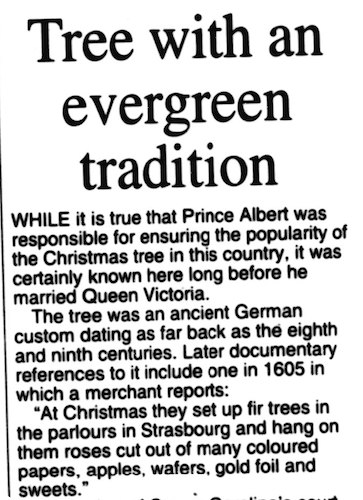
'Tree with an evergreen tradition', Suffolk Free Press, 1998. View this page in full.
But Victoria and Albert weren't the first Royal Family to have a Christmas tree. Back in 1800, George III's German wife Charlotte of Mecklenberg-Strelitz introduced a Christmas tree to her family. In fact, Victoria's childhood was full of Christmas trees, but the tradition never spread much beyond the Royal Family until the 1840s.
What type of tree is the Christmas tree?
Most modern Christmas trees are evergreen conifer trees - within this group are fir, spruce and pine trees. Although a particular shape of tree has become synonymous with Christmas today, there are actually many different species of trees used over the festive season, from Norway Spruces to Red Cedars.
In the 21st century, more families than ever are using an artificial tree to top with tinsel each December. Artificial trees have an interesting history, having first been developed in Germany in the early 1800s as a response to fears around deforestation.
A far cry from today's plastic pines, the first artificial Christmas trees were made from goose feathers, dyed green.
How were Christmas trees decorated long ago?
In her journal, Victoria wrote that the Christmas trees were "hung with lights and sugar ornaments," but was this typical?
Early Germans in America decorated Christmas trees with candles and hanging treats like apples, nuts or cookies. This continued into the 19th century. Most other Americans made home-made ornaments and sometimes brightly died popcorn on a string.
In 1882, Edward Johnson - an associate of Thomas Edison - was the first to electrically light a Christmas tree.
Around the same time, variety store mogul F.W. Woolworth discovered Christmas baubles, native to Lauscha Germany. He began importing them to America and they soon sold by the millions to those eager to jazz up their Christmas trees.
Christmas soon became a classic American tradition and the Christmas tree its flagship icon. It's amazing to think that it wasn't so many generations ago that the Queen of England started it all. Learn more about the secret histories of your favourite Christmas tree decorations.
What was your ancestor's Christmas like?
If you have traced your ancestors back that far, it's amazing to think that they viewed Christmas trees as oddities or very new, fashionable decorations. Or maybe your German ancestors kept Christmas trees long before Godey's popularized them? Either way, there's no time like the present to delve into your past and see if you can find out more.
With the choice between a free trial for yourself or a gift subscription for a loved one, it's never been easier to uncover your family's hidden stories.
Related articles recommended for you
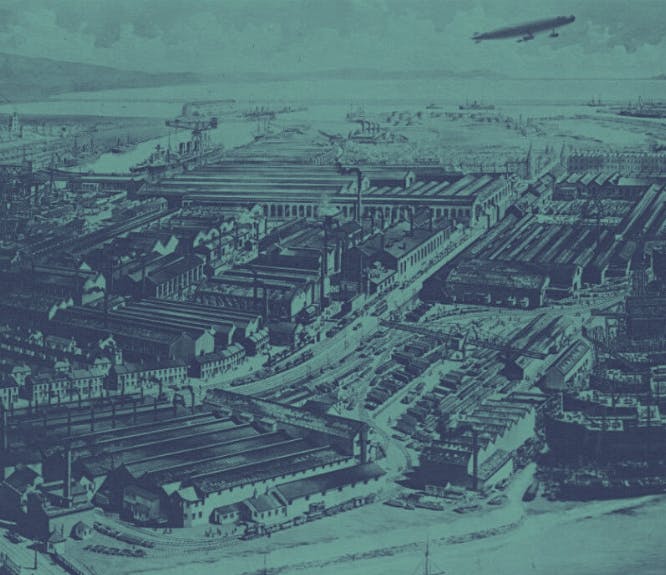
The history of the Barrow-in-Furness Shipyard
History Hub

The remarkable true story of the man who saved 669 children from the Nazis
History Hub

The secret histories of your Christmas decorations, as found in our newspaper archive
Discoveries
